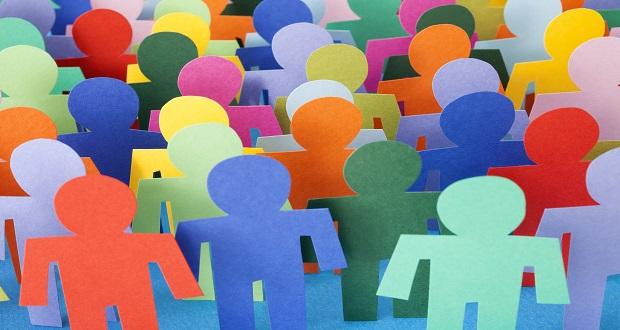We are living in a moment right now. And in a moment of historical significance, it can be hard to see its contours with the same clarity that distance and time bring with them. This moment is both new and as old as time. We are witnessing an unprecedented avalanche of sexual harassment accusations and confessions. The newness of the moment is compounded by the systemic nature of the cases of sexual harassment—from people in the media, Hollywood, politics and religious institutions—and the platforms available to put these cases in the public eye nationally and globally. But of course, men sexualizing and exerting power over women has been a defining feature of gender relations at work throughout history.
My hope is that this moment will create an avalanche of self-reflection from men to match the enormity of the causes and cases that have ruined so many women’s lives. In my own life, I have reflected not only on my own interactions with women in my life but also the intersections of the work that I do in D&I with the work that is being done to combat sexual harassment of all types.
The two phenomena, and their respective industries and professionals, may appear to be distinct. Diversity and Inclusion is mostly focused on an array of differences and the array of ways those differences are misunderstood, exploited, or excluded. Sexual harassment work is mostly legal-driven around the explicit boundaries of women’s rights and the violation of those rights. However, I was listening to a radio interview by a psychologist, Dr. Denise Cummings, on her work of sexual harassment in the workplace and was struck by the overlaps with D&I work. I was especially interested in studies she referenced where men and women interpreted the same behaviors very differently, as either more or less examples of harassment. These were not behaviors of explicit assault but were nonetheless perceived very differently across gender and generation.
She found that millennial women were far less tolerant than their millennial male counterparts of sexual harassment, as well as any other generation. Dr. Cummins explained these differences by saying that younger women are more likely to “flex” or use the laws and policies that were created by older Baby Boomers or Gen Xers. She described some baby boomer women who adopt a “boys will be boys” attitude as more likely to succeed in the workplace because they have accepted harassing or demeaning behavior from men as normal. A second reason for generational differences may come from the disparate experiences of millennial versus Baby Boomer men with women at work. There are now higher rates of women succeeding in school and in the workplace and this higher exposure for millennial men may create more hostility or discomfort reporting to or working with women colleagues. This experience is unlike that of Baby Boomer men who may have supported policies to protect women but may not have direct contact or reporting relationships with women in their day to day lives.
One study in particular stood out that illustrated how men and women could have divergent perceptions of similar behaviors. Two out of three men reported thinking repeated invitations to women to meet for drinks was simply persistence whereas virtually all of the women reported this as harassment. Similarly, Dr. Cummings referenced virtual experiments that illustrated women as better “mind readers” (the ability to judge perceptions of thoughts and feelings of others) than men. In these experiments women outperformed men in being able to more accurately interpret facial expressions and body language of women in discomfort. Men were able to change their interpretations of social cues when they were asked to focus on body language instead of the physical attractiveness of the women before them.
Dr. Cummings ended the segment on a hopeful note by saying that her research is not meant to target millennial men, especially since there are many other positives that this cohort brings into the workplace as well. She cited data of the increasing numbers of younger men being in egalitarian, two-income relationships and sharing parenting and household tasks with women. I also hope that this moment of vulnerability and courage of women at work will be a wakeup call to men of all stripes to be more reflective of our interactions—especially those that may be harder to see in ourselves or brush off as harmless. In the same ways that systemic racism gets internalized, patriarchy as the system of men having power over women gets internalized in ways that warrant continued self-reflection and actions to change.



















